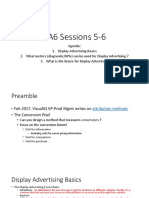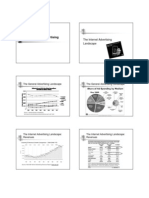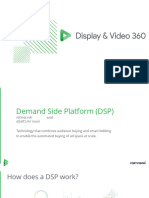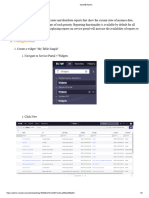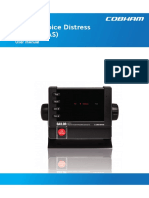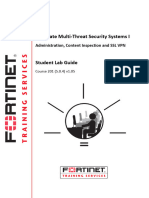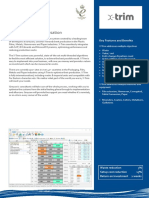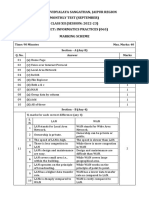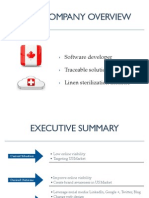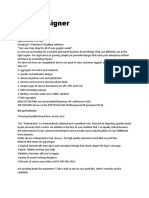0% found this document useful (0 votes)
53 views28 pages4 - Programatic Advertising
Programmatic Advertising automates the buying and selling of ad space, shifting focus from content targeting to audience targeting based on user behavior. It involves various components like Demand Side Platforms (DSP), Supply Side Platforms (SSP), and ad networks to efficiently manage ad inventory and maximize revenue. Cookies play a crucial role in tracking user behavior and facilitating targeted advertising across different websites.
Uploaded by
NischitaCopyright
© © All Rights Reserved
We take content rights seriously. If you suspect this is your content, claim it here.
Available Formats
Download as PDF, TXT or read online on Scribd
0% found this document useful (0 votes)
53 views28 pages4 - Programatic Advertising
Programmatic Advertising automates the buying and selling of ad space, shifting focus from content targeting to audience targeting based on user behavior. It involves various components like Demand Side Platforms (DSP), Supply Side Platforms (SSP), and ad networks to efficiently manage ad inventory and maximize revenue. Cookies play a crucial role in tracking user behavior and facilitating targeted advertising across different websites.
Uploaded by
NischitaCopyright
© © All Rights Reserved
We take content rights seriously. If you suspect this is your content, claim it here.
Available Formats
Download as PDF, TXT or read online on Scribd
/ 28

